2 Russian Tsvetnaya Bolonka

The name Russian Tsvetnaya Bolonka translates to “Russian Colored Lapdog,” and it originated as a gift to Russian nobility from France’s King Louis IV in the 1700s. The cold Russian climate necessitated strong, working dogs, and therefore, toy dogs were not common until that time. They have long coats of fur that come in various colors and get along very well with children and other animals. The Bolonka is a playful, sweet-natured, intelligent dog that makes a perfect companion for a family living in an apartment.
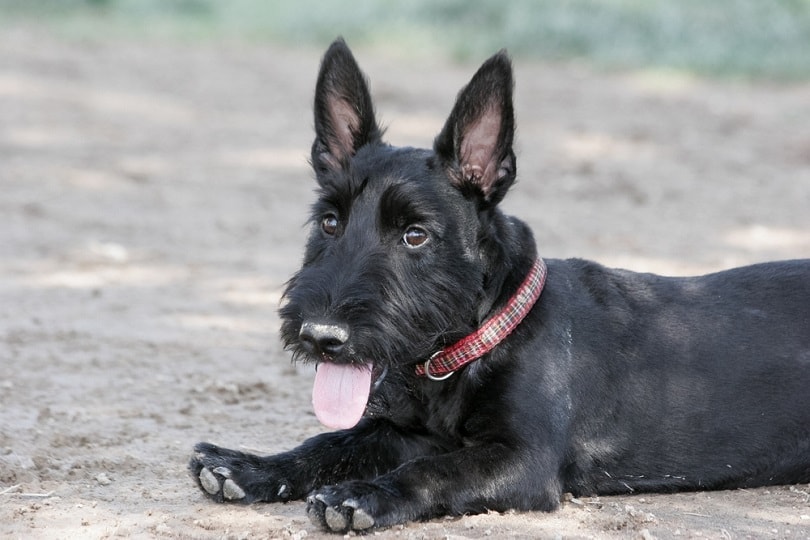
The Scottish Terrier is thought to be the oldest dog breed native to Britain. They were bred to hunt foxes, badgers, and rats in the Scottish Highlands. They are famous for their beards and eyebrows and come in wheaten, brindle but are most known for their black fur. Scotties are independent, playful, and confident dogs that chase smaller animals and don’t like other dogs or strangers.

Bred for the royal lap, the Shih Tzu was a favorite for hundreds of years of the emperors of China. They have a long coat of fur that comes in many colors and needs daily brushing. Shih Tzus are wonderful with children and are affectionate, charming, and playful dogs that don’t need a lot of exercise but might be prone to obesity if you’re not careful.
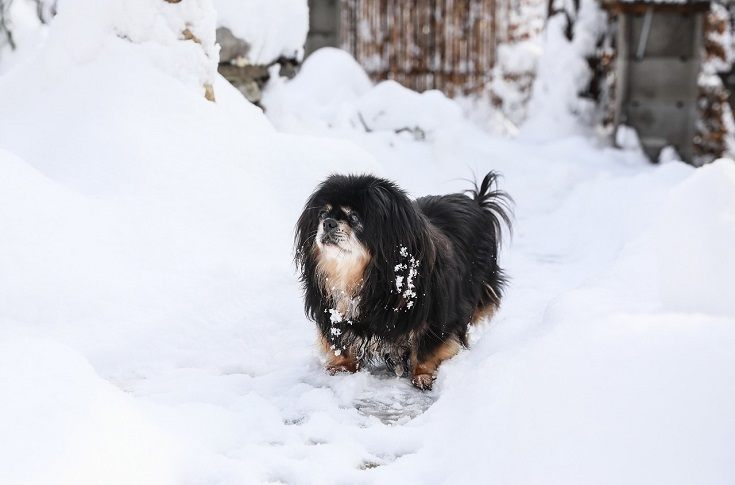
The Tibetan Spaniel was used as a companion and a watchdog for Buddhist Monks in Tibet’s monasteries. They have a lion’s mane of fur around their shoulders and necks and a beautiful feathered tail that curls over their backs, and they come in a variety of colors. Tibbies are eager to please, smart, and playful dogs.
English Toy Spaniel
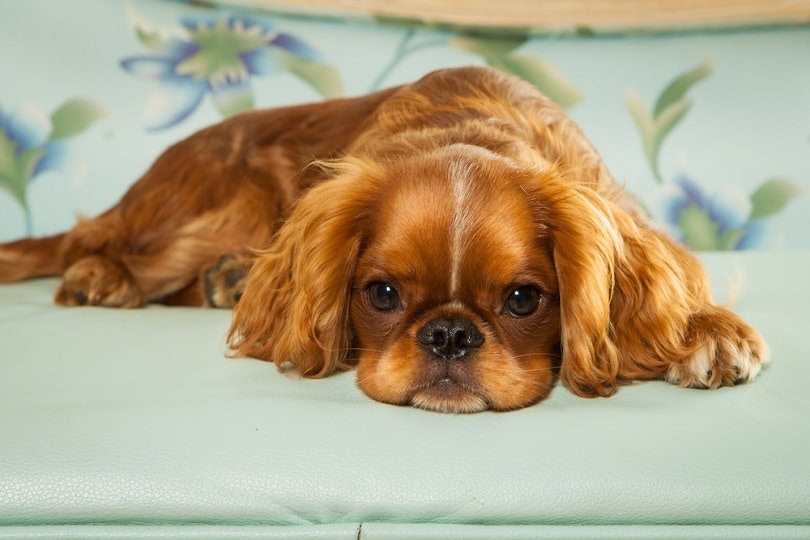
The English Toy Spaniel was a popular dog with King Charles I and II in the 17th century. These tiny spaniels have silky coats of long fur that can be red and white, black and tan, red, and black white and tan in color. English Toys are intelligent, loving, and playful but are rather picky about who they want to spend time with.
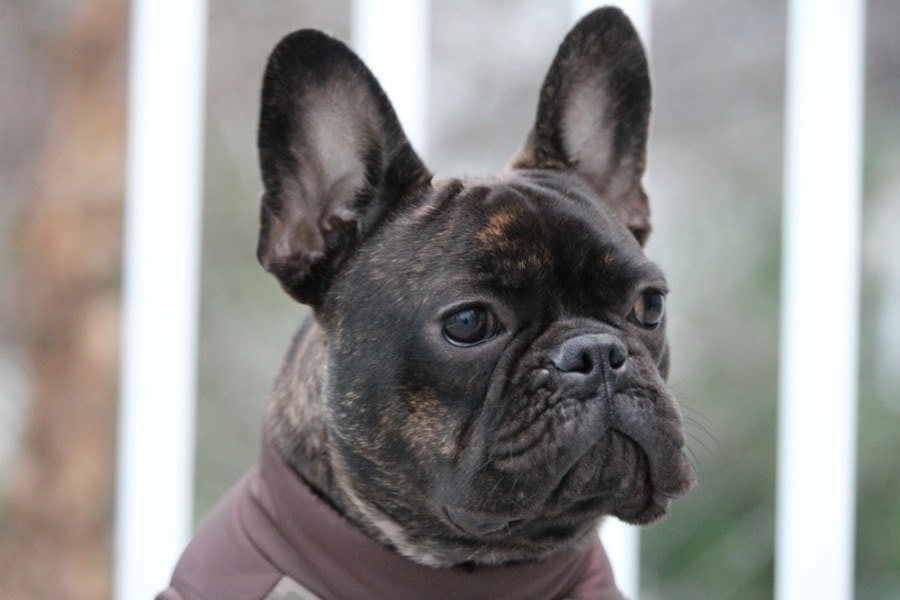
The lace makers of England’s Nottingham owned toy Bulldogs in the mid-19th century and eventually moved to France with their dogs. The French Bulldog evolved over several decades and is known for its adorable bat-like ears and smooth coats in a very wide variety of colors. The Frenchie is affectionate, playful, and intelligent.
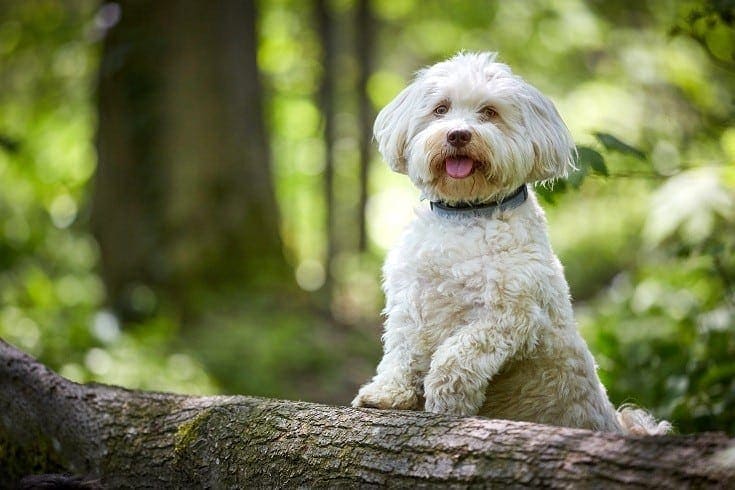
The Havanese was bred for Cuba’s nobility and was popular in Havana, where it received its name. Havanese have beautiful long, silky coats of fur that comes in a truly large variety of colors and has a tail that curls over their backs. They are friendly, smart, and social dogs that love to be the center of attention.
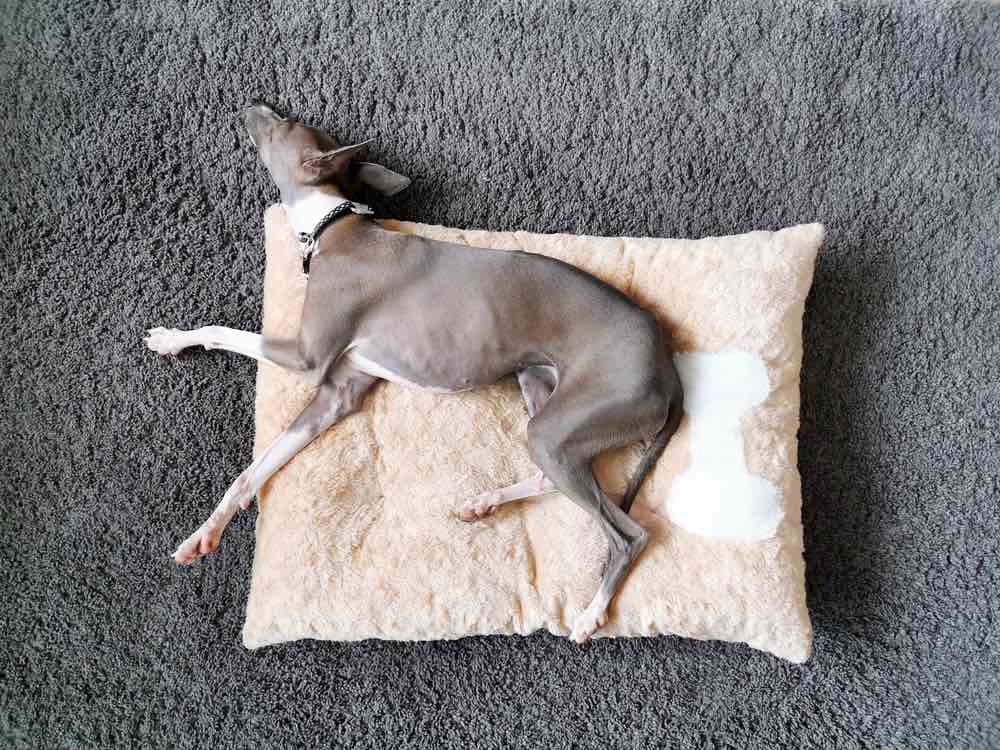
The Italian Greyhound is a truly ancient dog that has its beginnings as far back as 2,000 years in ancient Greece. They are delicate-looking in appearance and will need to wear a coat in the winter. They have short, sleek coats that come in a wide variety of colors. The Italian Greyhound is prone to chasing small animals but are playful, affectionate, and intelligent dogs.
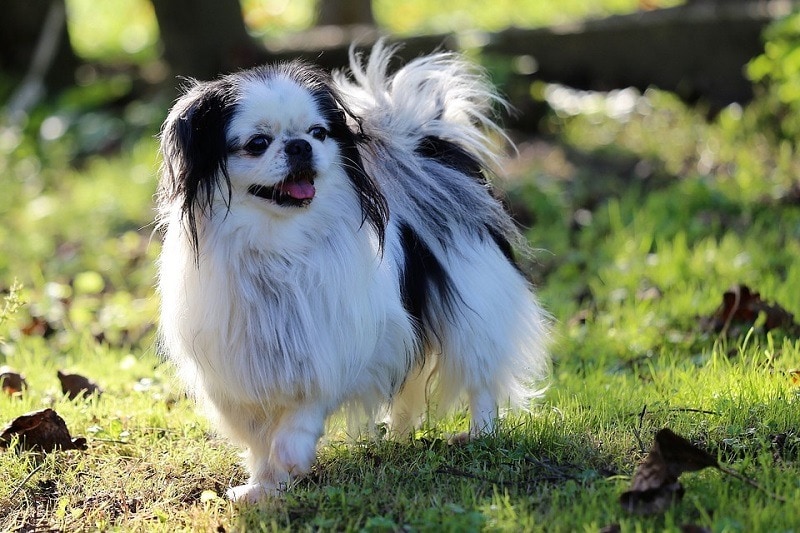
The origins of the Japanese Chin are mostly unknown, but it is known that the Japanese nobility created the Chin that we see today. They have long, silky coats of fur that can be black and white, sable and white, lemon and white, and white and black in color. The Chin is a quiet dog that has a stubborn streak and is affectionate, charming, and active.
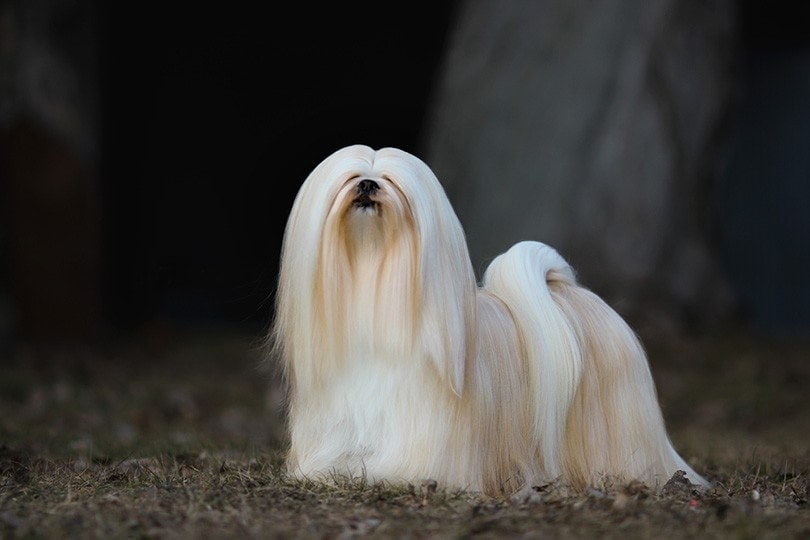
The Lhasa Apso goes back 1,000 years and worked as sentinels at Buddhist monasteries and palaces in the Himalayan Mountains. They come in many colors and have long, flowing coats with a feathered tail that curls over their backs. Lhasas are intelligent, independent, and merry dogs that are reserved with strangers.
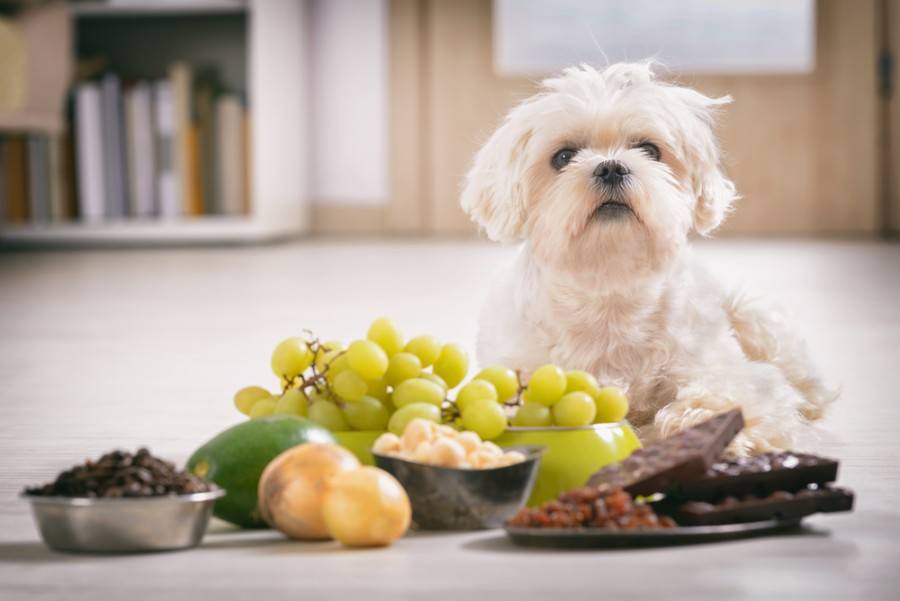
The Maltese likely goes back to 1500 B.C. to the Phoenicians who introduced this small, white dog to the island of Malta. They are famous for their low-shedding, floor-length, silky white coat of fur, and they usually weigh less than 7 pounds. The Maltese are affectionate, social, playful, and charming little dogs.
Cavalier King Charles Spaniel
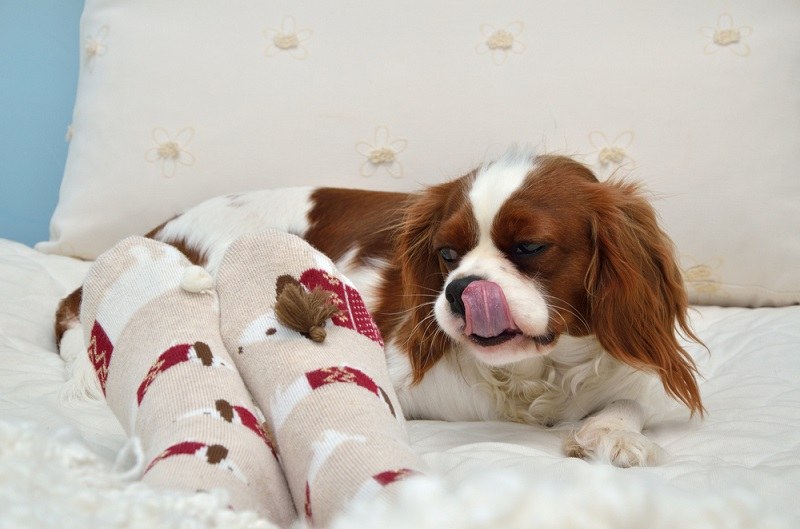
The Cavalier King Charles Spaniel was a favorite of King Charles I and II in the 1600s. Their long, silky coats of fur may have tan markings and can be black and white, black and tan, chestnut and white, and ruby in color. Cavaliers are gentle, sweet, and loving dogs that get along very well with other dogs and children.
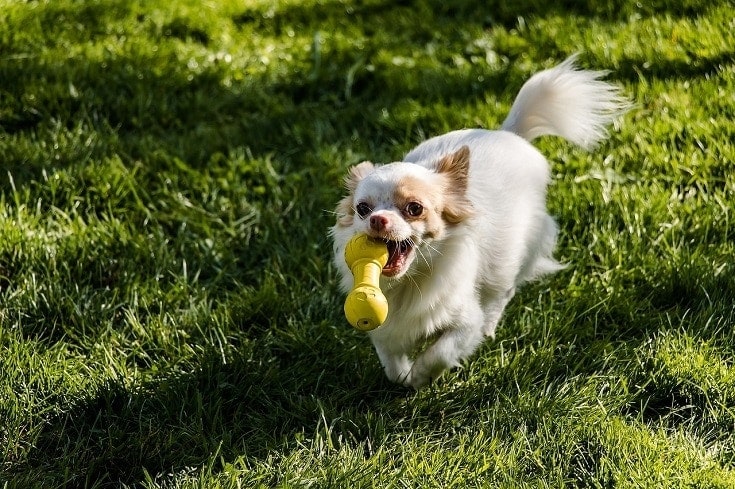
The Chihuahua originated in the state of Chihuahua in Mexico and has origins as far back as a thousand years ago with the ancient Toltecs. They are famous as the dogs that can fit in a purse (they weigh no more than 6 pounds) and have long and short coats that come in many patterns and colors. Chihuahuas are very confident, loyal, and intelligent tiny dogs.
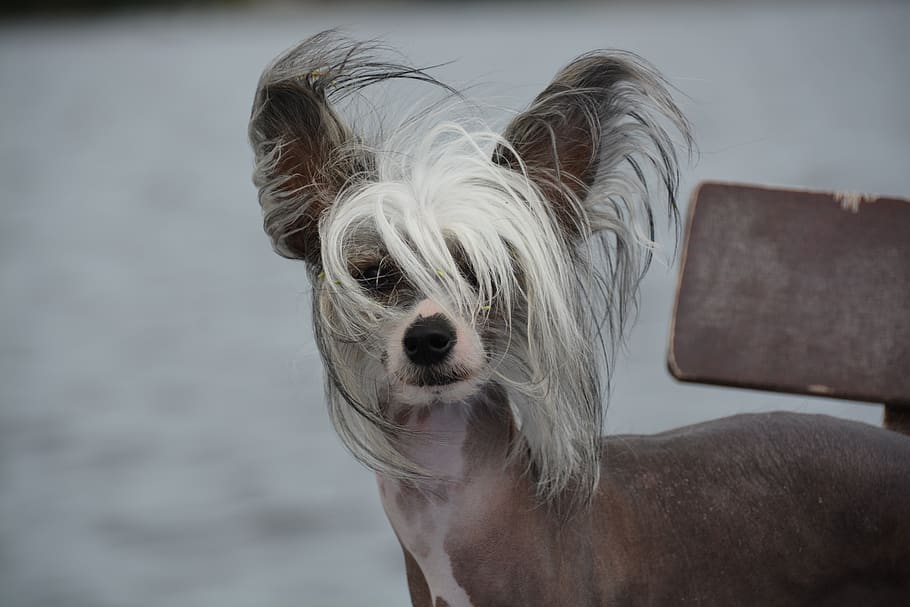
The Chinese Crested is an ancient breed that goes so far back that no one really knows its origins. It’s believed they came from Africa and were brought to China, where they were miniaturized. They are both hairless with tufts of fur on the ankles, tail, and head as well as coated with silky, soft fur that comes in a large variety of colors. Cresteds are playful, affectionate, and sensitive dogs.
Top 10 Best Lap Dogs for Cuddly Owners
A lap dog is pretty much what it sounds like: a dog who sits in laps. Big surprise, huh?! But, beyond that obvious definition, lap dogs are not only small enough to fit on laps, but their personalities and genes also make them predisposed to actually prefer lounging in laps to just about everything else (OK, maybe except that T-bone steak). There are many toy breeds who aren’t really considered lap dogs because they are more independent or energetic (you’ll notice Havanese and Papillon pups aren’t on our list). There are also several larger breeds who think they’re lap dogs but are probably too big for that to be comfortable for anyone (we’ll let you be the judge of that). The lap dogs on this list are tiny pooches who will happily spend their afternoon glued to you and your warm legs. Many were bred hundreds of years ago to do just that: sit on their owners and look pretty.
Ideally, lap dogs live in homes where they don’t have to be left alone for long periods of time. Many of these dogs are affectionate and enjoy being close to their people as often as possible. Some may even become destructive if left alone for too long. Since many of them are toy breeds, their size allows them to thrive even in smaller apartments. Be aware, however, that outdoor exercise is healthy for all types of dogs. While some get enough activity playing fetch in the hallway, others need more rigorous cardio or lengthier walks to stay mentally and physically healthy. Talk to your vet about your dog’s particular needs!
One of the more outgoing dogs on our list is the Bichon Frise. Though these pups can be social butterflies, they are very adaptable and do well in all types of households and locales. Their fluffy white fur does require regular grooming but brushing every day won’t be tricky if your Bichon is always on your lap!
The Biewer terrier is a rarer breed that has quickly gained popularity since being officially recognized by the American Kennel Club in 2021. Their coats need to be brushed regularly (keeping them trimmed short makes life easier). Biewers are smart and will enjoy games indoors or long walks outside—whatever you’re in the mood for.
Don’t expect a Bolognese to be forgiving if you leave them home alone all day. This is a dog who adores its humans and needs to be around them frequently. Like the Biewer, if their coat is kept short, grooming is a breeze. Another perk? They don’t shed, which makes them ideal for folks with allergies.
These are some of the most versatile dogs out there (and are more forgiving than the Bolognese if you’re a 9-to-5er). Cavalier King Charles Spaniels will be by your side whether you want to live on your couch or at the park. Athletic, yet calm. Energetic, yet gentle. Cavs truly make terrific lap dogs.
Chihuahuas are small but mighty dogs. They have opinions and aren’t afraid to make their wishes known. In other words, training is tricky because the chihuahua would love to be the king of the castle. Take them anywhere—they love tagging along—and make sure there’s always time for a lap nap.
Whether you have a standard or miniature dachshund, you’ll notice they are curious creatures eager to make themselves known. Their barks are worse than their bites, but they do make good watchdogs because of their wariness of strangers. Though stubborn, dachshunds are sensitive and friendly and love being the apple of your eye.
Though they’re prone to being lazy, cuddly couch potatoes, Italian greyhounds can go zero to 60 at the drop of a hat (aka, if they see potential prey bolting away from them). Generally speaking, these teeny tiny pups are content chilling in your lap and basking in your warmth.
Long, elegant white fur lets you know right away the Maltese was bred among royals. For centuries, these dogs have been sweet companions to many different types of people and thrived in a variety of environments. Social and smart, Maltese make excellent companion dogs.
A great example of a dog who will just as happily frolic around a country estate as he will a studio apartment. Miniature schnauzers are jovial canines who love to please their families. Though they don’t shed much, their double coat can be burdensome.
Bred as companion dogs to wealthy, powerful families in ancient China, Pekingese pups give off an unmistakable confidence. So confident, in fact, that training them can be a feat. They are, however, incredibly loyal and affectionate and agree there’s nothing better than a comfy lap to lounge in (as long as it’s yours and not anyone else’s).
Now, some Pomeranian owners might argue Poms aren’t true lap dogs because they tend to see themselves as big dogs. We’ve added them to this list because at the end of the day, the one thing Poms want is to spend time with their favorite person. Indoor exercise is sufficient, and they learn quickly. Plus, that smiling face!
If you want a lap dog whose alter ego is an athlete, look no further than the toy poodle. These pups love activity but are also incredibly devoted and enjoy ample time in their owner’s company. Part of any exercise regimen for toy poodles should include mental stimulation.
Like Pekingese, pugs were bred for wealthy Chinese families centuries ago. However, Pugs are goofier, friendlier companions with tons of love to give. They’re game for just about anything, but be sure they don’t overheat from too much activity.
Possibly the most lap dog of all the lap dogs is the Shih Tzu. They love laps! They also love to play and are great for families with kids. Be sure to either trim the fur around their eyes or tie it up so it doesn’t screw with their vision. Apparently, they’re tricky to train because they’re so darn cute—even when they “forget” commands.
Tibetan Spaniels were bred for hard work, which has made them incredibly proud dogs. It also means they want to make you proud, even if sometimes it seems like they choose not to hear a command. At their best, these pups are devoted beyond belief and would follow you to the ends of the earth – if only you would ask.
Sure, Yorkies have a reputation for being snooty purse dogs, but these terriers were bred to chase rodents on farms and put in long days of work. Training and socializing them early leads to a friendlier, happier pup. Keeping their coats (which are hypoallergenic) trimmed short makes grooming and upkeep a cinch.